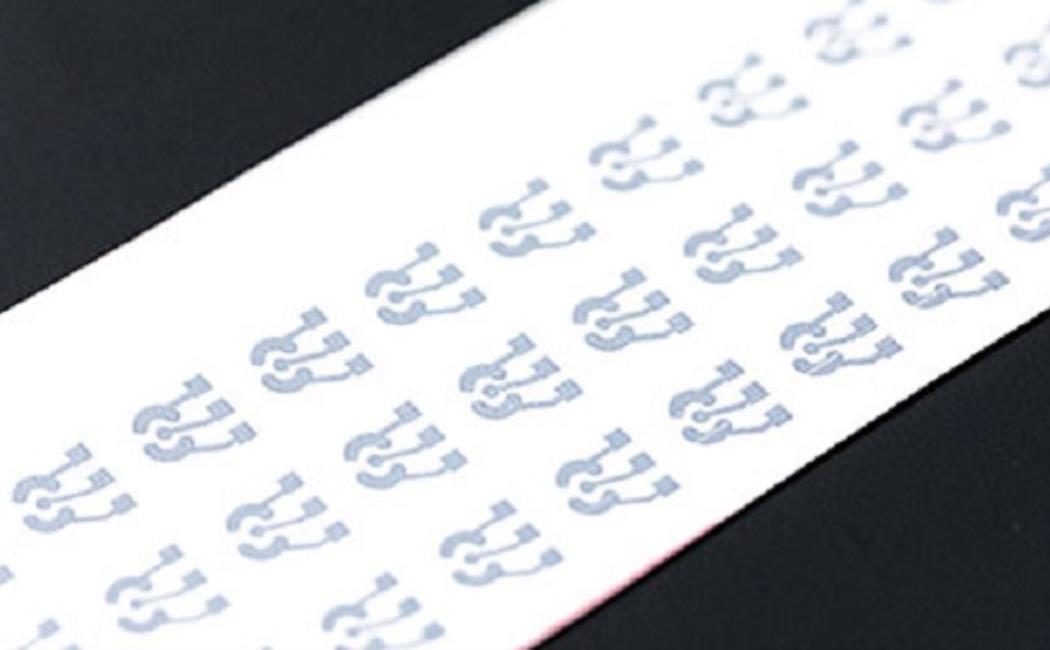
Paper sensors remove the sting of diabetic testing
20 December, 2018
A technique that enables biologically active enzymes to survive the rigors of inkjet printing presents a promising alternative to routine blood screening exams faced by diabetic patients. The KAUST-led team used this approach to make disposable devices that can measure glucose concentrations in human saliva.
Strips of pH-sensitive paper are commonly used to test whether a liquid is acidic or alkaline. Researchers are now working to apply similar principles to create paper sensors that quickly indicate disease biomarkers. Key to this approach is replacing traditional electronic circuitry in the sensors with low-cost plastics that can be manufactured quickly and in large quantities.
Click here to read the full story
Image: A page of sensors made from conducting plastics and living enzymes.
© 2018 Eloïse Bihar